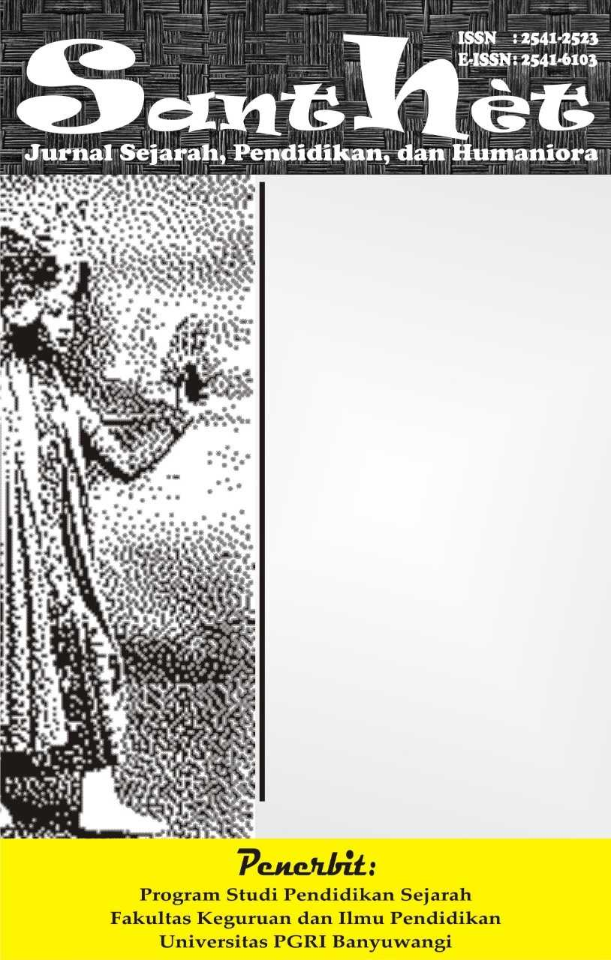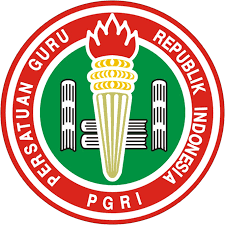Application Of The Problem Based Learning Model In History Learning To Increase Learning Activity And Achievement Of Class X Ruminant Students At Smk Negeri 1 Aimere Academic Year 2023/2024
DOI:
https://doi.org/10.36526/santhet.v8i1.3775Keywords:
Problem Based Learning Model, activeness, student learning achievementAbstract
This research aims to determine whether the application of the Problem Based Learning model can increase the activity of Class X Ruminant Vocational School students, by applying the PBL model it can increase the learning achievement of Class The type of research used is Classroom Action Research (CAR) with qualitative research methods. The data collection techniques used in this research are source triangulation and method triangulation. The data analysis used in this method is qualitative analysis and quantitative analysis. The research results showed that after implementing the PBL model, there was an increase in students' learning activeness, namely reaching a score of 88.1% in the 2nd cycle, compared to the 1st cycle which only reached 66.2%. Increasing student activity had an impact on increasing student learning achievement in the second cycle reaching a score of 91.30%, as many as 21 students achieved the KKM score out of a total of 23 participants, compared to the first cycle which only achieved a score of 52.17% or a total of 12 students. which reaches the KKM value. The obstacles faced in implementing the PBL model are the students' minimal understanding of the Problem Based Learning Model at the beginning, and there are students who are not yet able to work together in groups. The advantages of implementing the PBL model include that students are more active in learning, students' abilities are better honed, students can practice cooperation in groups, create a spirit of competition between groups, and teachers can more easily see students' understanding of the material.
References
Aris Shoimin.2014. Model pembelajaran inovatif dalam kurikulum 2013
Dimyati dan Mudjiono (2009). Belajar dan pembelajaran. Jakarta: Rineka Cipta.
Kamisa dan Aman, (2016). Penerapan Model Problem Based Learning Dalam Pembelajaran Sejarah Untuk Meningkatkan Motivasi Dan Prestasi Belajar Siswa Kelas Xl IPS 1 Sman 1 Butar Sulawesi Tengah. ISTORIA Jurnal Pendidikan dan Ilmu Sejarah Volume 11 nomor 2. Hal 28-46
Mergendoller, J.R, Maxwell, N.L & Bellisimo, Y. (2006). The effectiveness of problem-based instruction : a comparative study of instructional methods and student characteristics. Artikel diakses April 2024 (http://proquest.com)
Ritonga, M. (2018). Politik Dan Dinamika Kebijakan Perubahan Kurikulum Pendidikan Di Indonesia Hingga Masa Reformasi. BINAGOGIK, 5(2), 88-102.
Suci, 2008. Penerapan model pembelajaran Based Learning untuk meningkatkan partisipasi belajar dan hasil belajar Teori Akuntansi Mahsiswajurusan Ekonomi. Ekonomi Undiksha “ Jurnal penelelitian dan pengembang pendidikan Vol 2 No 1/, 74-86
Trianto. 2009. Mendesain Model pembelajaran Inovatif-Progresif. Jakarta : Kencana Prenada media Group.
Utomo Dkk . 2014. Pengaruh Model Pembelajaran Berbasis Masalah (Problem Based Learning) Terhadap Pemahaman Konsep Dan Kemampuan Berpikir Kreatif Siswa (Siswa Kelas Viii Semester Gasal Smpn 1 Sumbermalang Kabupaten Situbondo Tahun Ajaran 2012/2013). Jurnal pendidikan dan pembelajaran Jukasi (Jurnal Edukasi). Vol 1. No 1. H al 5-9





























